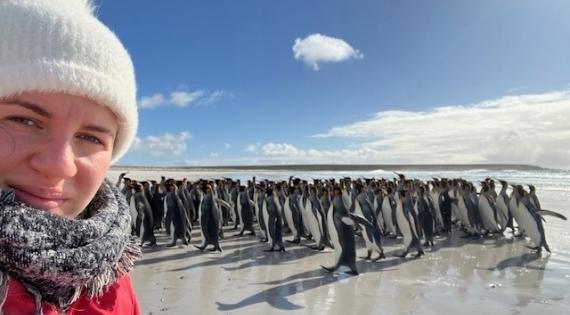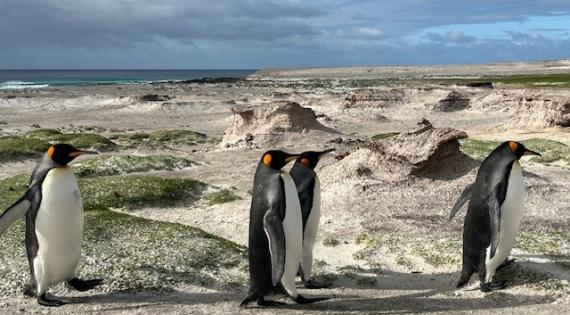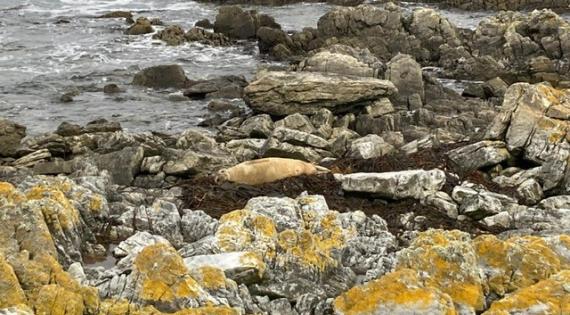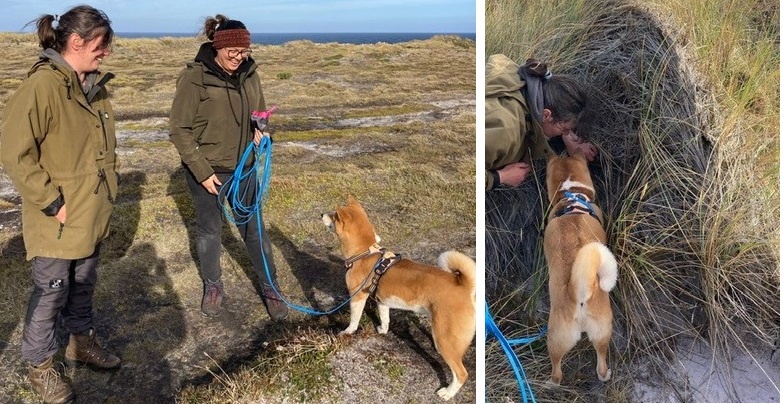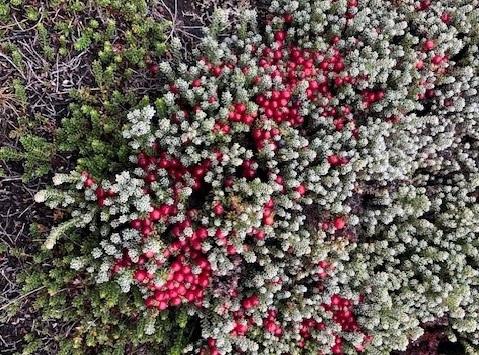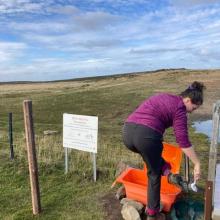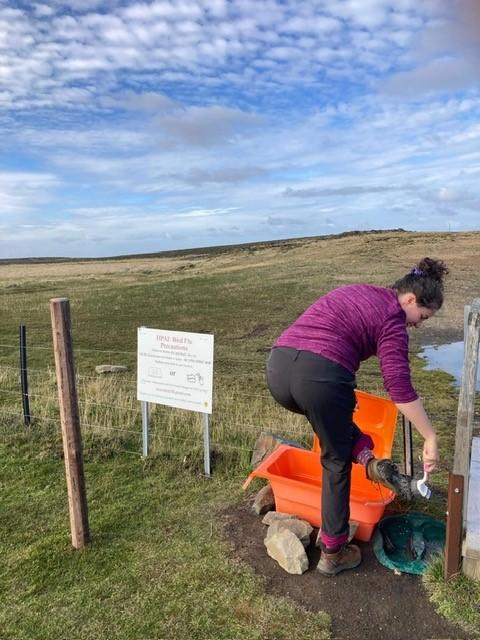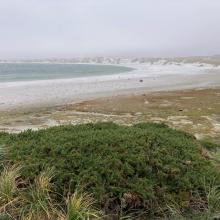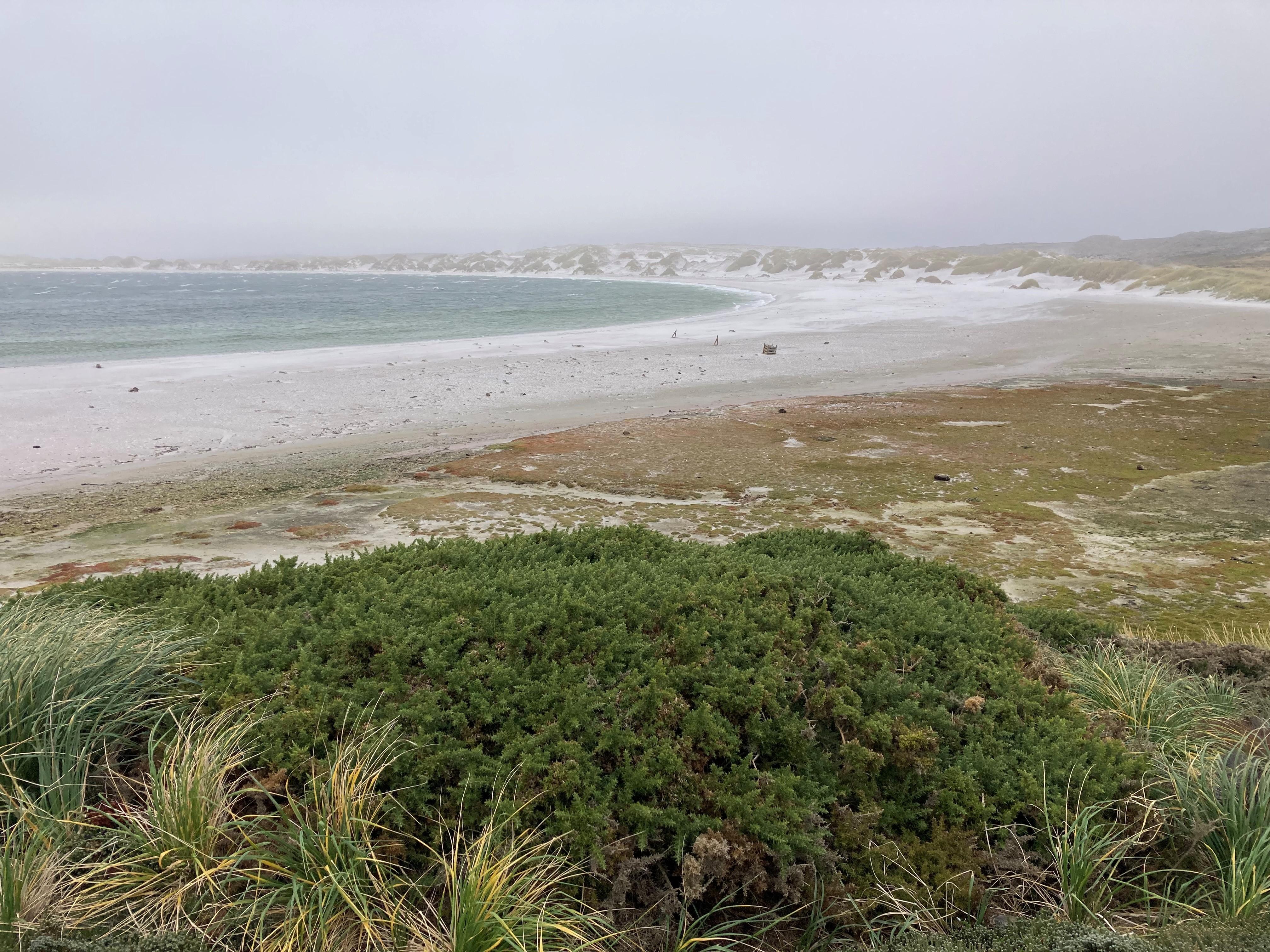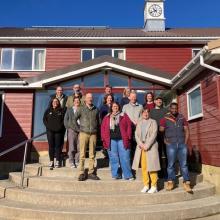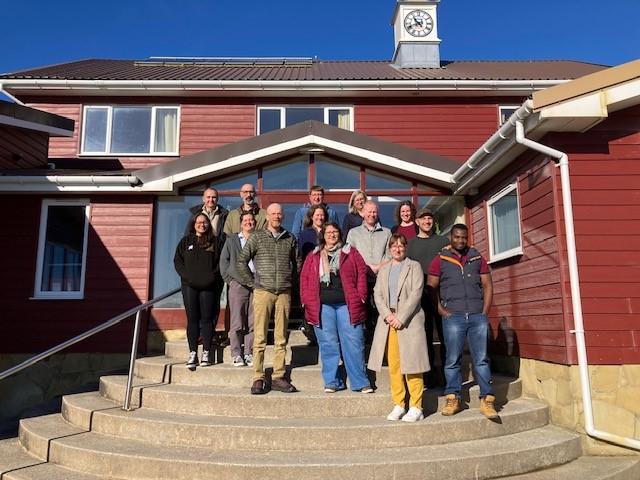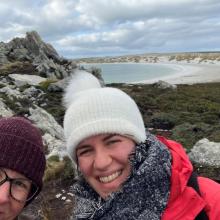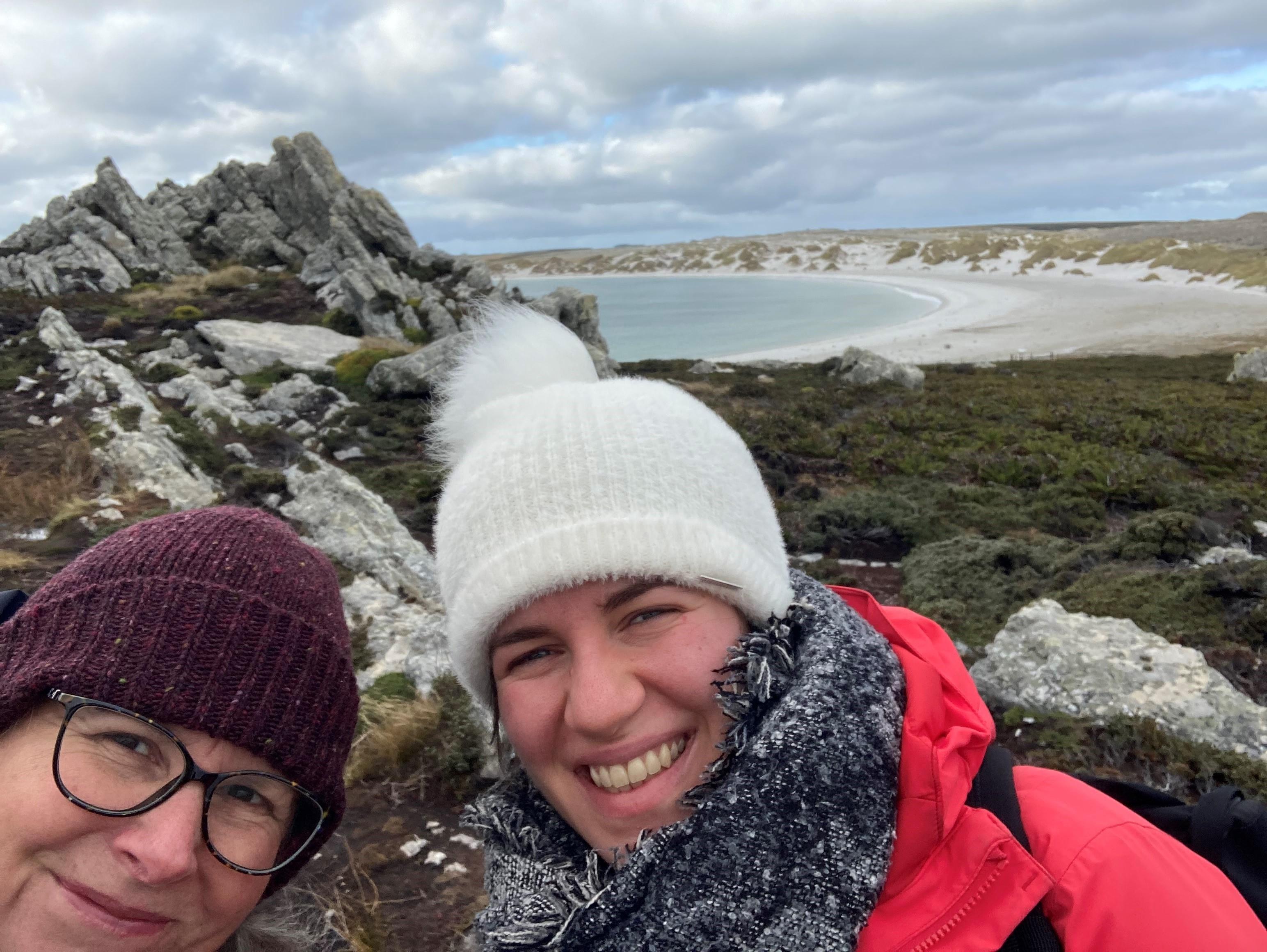Emily Williams, an ecologist at the UK Centre for Ecology & Hydrology, discusses a project to tackle invasive non-native species on the Falkland Islands, which included a recent visit to share knowledge with local experts...
Invasive non-native species are not only a major concern for island biodiversity; in some cases, they can also threaten livelihoods and human health. Over the last three years, as part of the UKCEH-led Darwin Plus 175 project, we have had the privilege of working with communities across the UK Overseas Territories to increase understanding of the impacts of invasive species on these beautiful islands and support action to mitigate the threats the species pose.
The main focus of a recent visit to the Falklands by some of the project team - Helen Roy, David Roy and myself from UKCEH and Kelly Martinou of the Joint Services Health Unit, Cyprus - was to meet people who are working on the islands to tackle invasive species. The incredible knowledge of local experts has been invaluable for the project. Through a four-day workshop we gained valuable insights into both the ecology of the Falkland Islands, as well as the recent successes and challenges faced when working to monitor and control invasive species.
